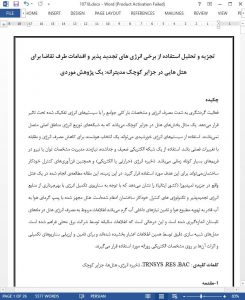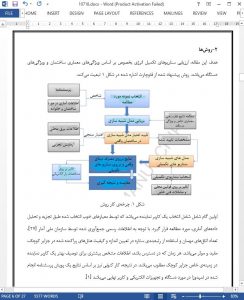ABSTRACT
Tourist activity strongly influences the energy consumption and the overall load profile of communities with isolated energy systems. One example is hotel sectors on small islands that are not connected to mainland energy distribution grids. The use of solar energy systems could be a smart option for reducing energy consumption and tackling seasonal fluctuation. The operation of a weak and isolated electric grid requires attention to the management of power profiles in very short time frames. Energy storage (thermal or electric), as well as building automation control technologies, can be utilised for these aims. In this context, the present paper illustrates a study conducted at a hotel located on Lampedusa Island (Italy) that was considering some energy-retrofit scenarios dealing with the exploitation of renewable energy sources and building automation control technologies. The hotel is equipped with an air-to-water heat pump able to fulfil air conditioning and domestic hot water demands. Data concerning the hotel’s energy consumption was measured during summer months while yearly data was provided by the local electric utility company. Detailed simulation models have been validated by this data and used to assess the efficacy of retrofit scenarios and their effects on the average daily electric profile.
1. INTRODUCTION
The majority of the small islands in the Mediterranean basin are not connected to the mainland’s electric grid nor to natural gas pipelines. Consequently, most of the islands’ energy needs, including heat, are fulfilled by electric devices [1] fed by local thermal power plants. In addition, these plants mainly rely on imported fossil fuels. The increase in oil prices and the increased attention on emissions mitigation strategies make this kind of energy system unsustainable at socioeconomic and environmental levels. In order to overcome these issues, it is advisable to increase use of local renewable energy sources (RES) in order to enhance energy efficiency and to implement flexibility and resilience on the electricity generation-distribution-use chain. One option that’s been investigated is increasing the efficiency of existing traditional thermal power plants by retrofit actions, enabling combined heat and power (CHP) plants, and constructing district heating/cooling networks [2]. Nevertheless, studies conducted on six Italian islands demonstrated that CHP technology is only moderately economically attractive when public economic support mechanisms exist. Better results are achieved when hybrid renewable poly-generation systems are considered, but once again, huge investments are needed. Indeed, the economic attractiveness is related to the linear density of the energy demand, and to the fact that the majority of the energy available for heating and cooling purposes is currently used [3]. 4.
CONCLUSION
The present work introduces a method to assess the potential impact of energy retrofit strategies in the hotel sector, and was applied to a representative island called Lampedusa. The energy consumption on small islands highly differs from mainland cases. For that reason, official statistics were put side-by-side with data gathered from a questionnaire campaign and with data from an on-site survey. Experimental data regarding hotel energy consumption is rarely available and is difficult to get, even though model validation with respect to hourly and monthly load profile is very important, even more so in the specific small island context in which energy consumption is extremely affected by tourist flow. For that reason, a method based on model validation by monthly consumption data from the local utility was applied and compared to experimental data, showing high reliability of results. The analysed case study is a typical hotel in Lampedusa (Italy) chosen according to statistical data. The existing plant that powers air conditioning and DHW (based mainly on a HPWH) readily permits different energy-retrofit scenarios based on RES technology integration. At the same time, ICT and BAC solutions for generic electric uses were investigated, and effects on the load diagram of the proposed scenarios were highlighted.











